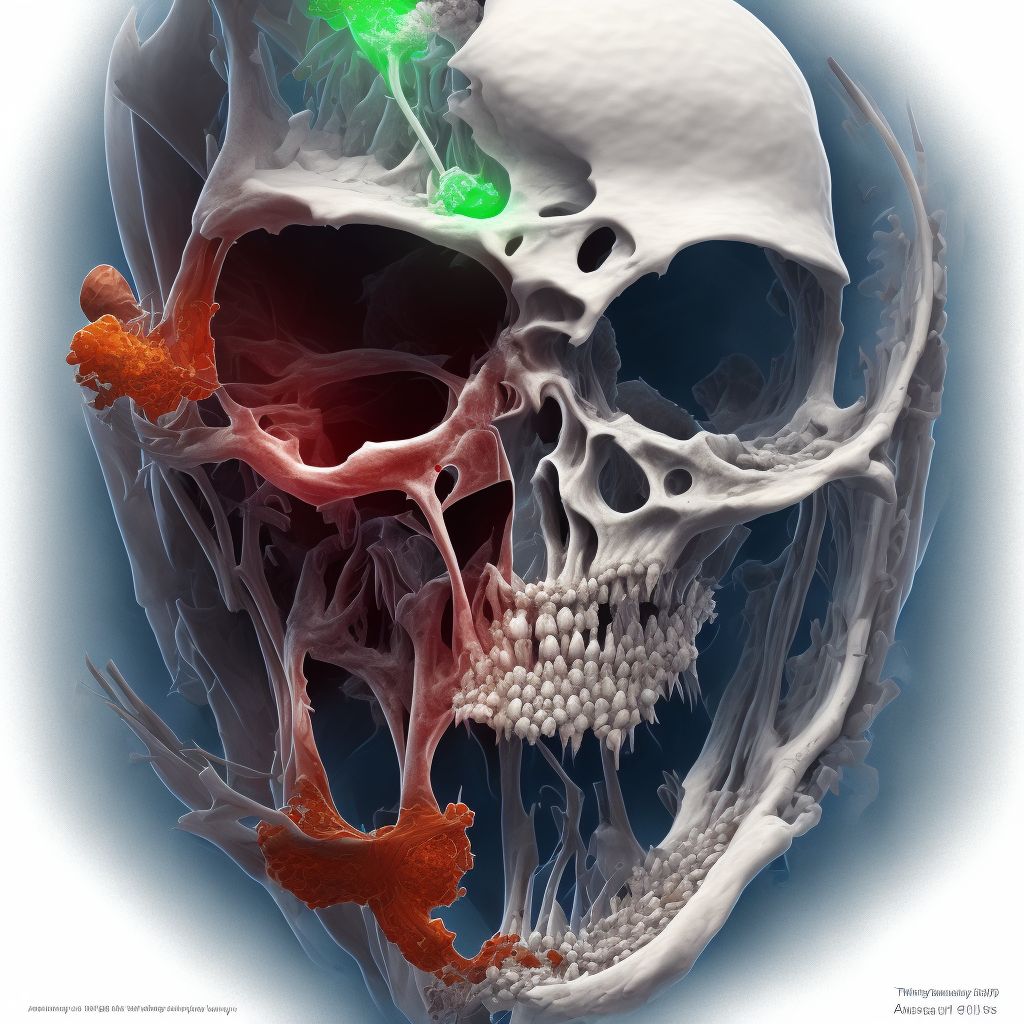
Nondisplaced fracture of unspecified tibial tuberosity, sequela Save
ICD-10 code: S82.156S
Disease category: S82.156: Nondisplaced fracture of unspecified tibial tuberosity
Nondisplaced Fracture of Unspecified Tibial Tuberosity, Sequela: Causes, Symptoms, and Diagnosis
A nondisplaced fracture of the unspecified tibial tuberosity, sequela is a common orthopedic condition that occurs when the tibial tuberosity, a bony prominence located on the shinbone (tibia), experiences a break without any significant displacement. This type of fracture can lead to various symptoms and complications, requiring proper diagnosis and management.
Causes:
The exact cause of a nondisplaced fracture of the tibial tuberosity can vary and is often associated with trauma or overuse. This injury commonly affects adolescents or young adults participating in sports activities that involve repetitive jumping or sudden changes in direction, such as basketball or soccer. Direct trauma to the knee, such as a fall or collision, can also result in this type of fracture.
Symptoms:
Individuals with a nondisplaced fracture of the tibial tuberosity may experience the following symptoms:
- Knee pain, particularly on the front and just below the kneecap.
- Swelling and tenderness in the affected area.
- Difficulty straightening or fully extending the knee.
- Stiffness and limited range of motion.
- Discomfort or pain when walking, running, or jumping.
Diagnosis:
Diagnosing a nondisplaced fracture of the tibial tuberosity typically involves a combination of physical examination, medical history review, and imaging tests. During the physical examination, a healthcare professional will assess the affected knee for tenderness, swelling, and range of motion limitations. X-rays are commonly used to confirm the diagnosis and determine the extent of the fracture.
In some cases, additional imaging tests such as magnetic resonance imaging (MRI) or computed tomography (CT) scans may be required to evaluate the soft tissues surrounding the injury and identify any associated complications.
It is important to consult a healthcare professional promptly if you suspect a nondisplaced fracture of the tibial tuberosity. Early diagnosis and appropriate management can help prevent further complications and ensure a faster recovery.
Treatment of Nondisplaced fracture of unspecified tibial tuberosity, sequela:
Treatment Options for Nondisplaced Fracture of Unspecified Tibial Tuberosity, Sequela
A nondisplaced fracture of the unspecified tibial tuberosity can be a painful condition that requires proper treatment to ensure proper healing and minimize discomfort. In this article, we will explore some effective treatment options for this specific injury.